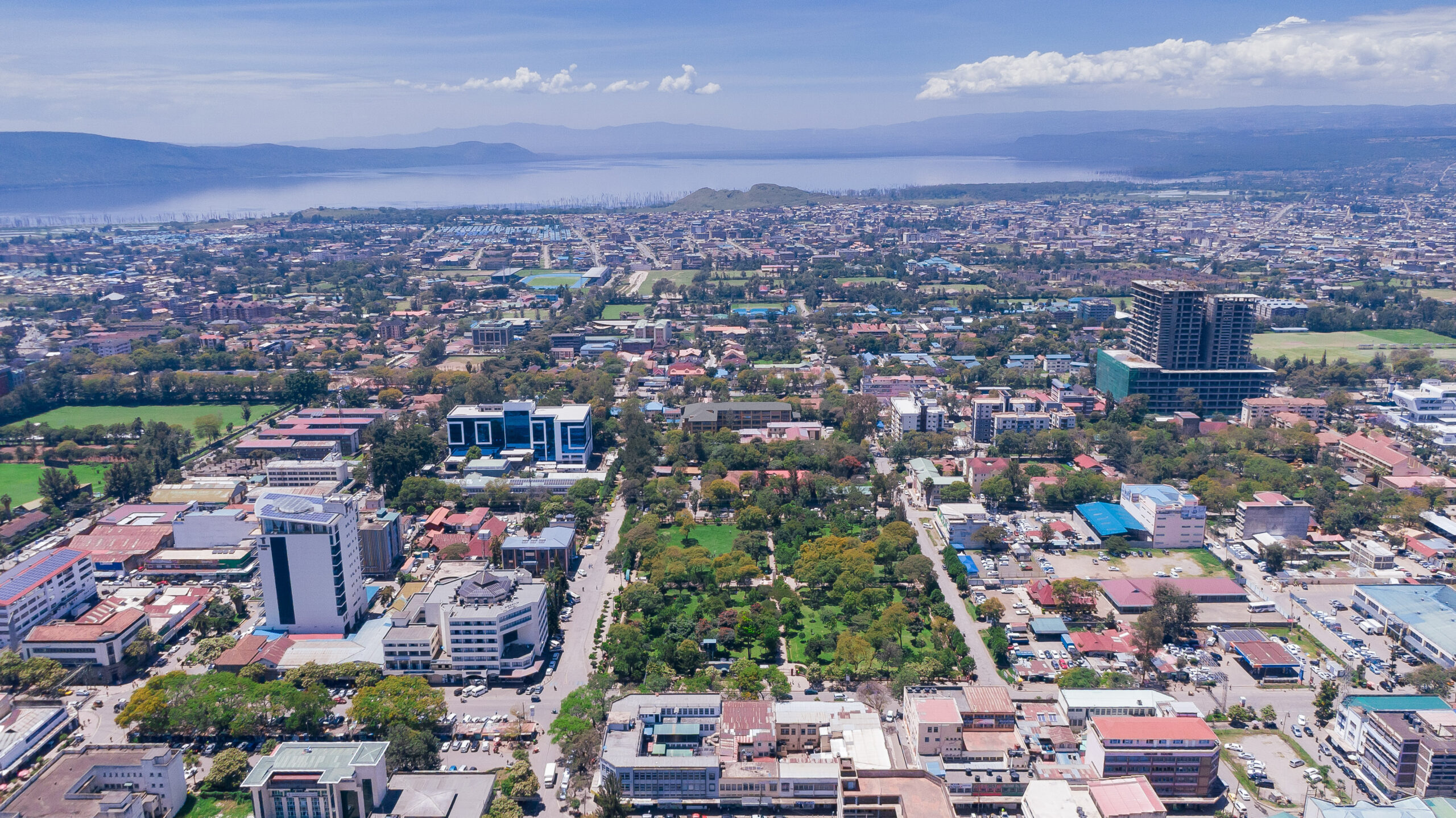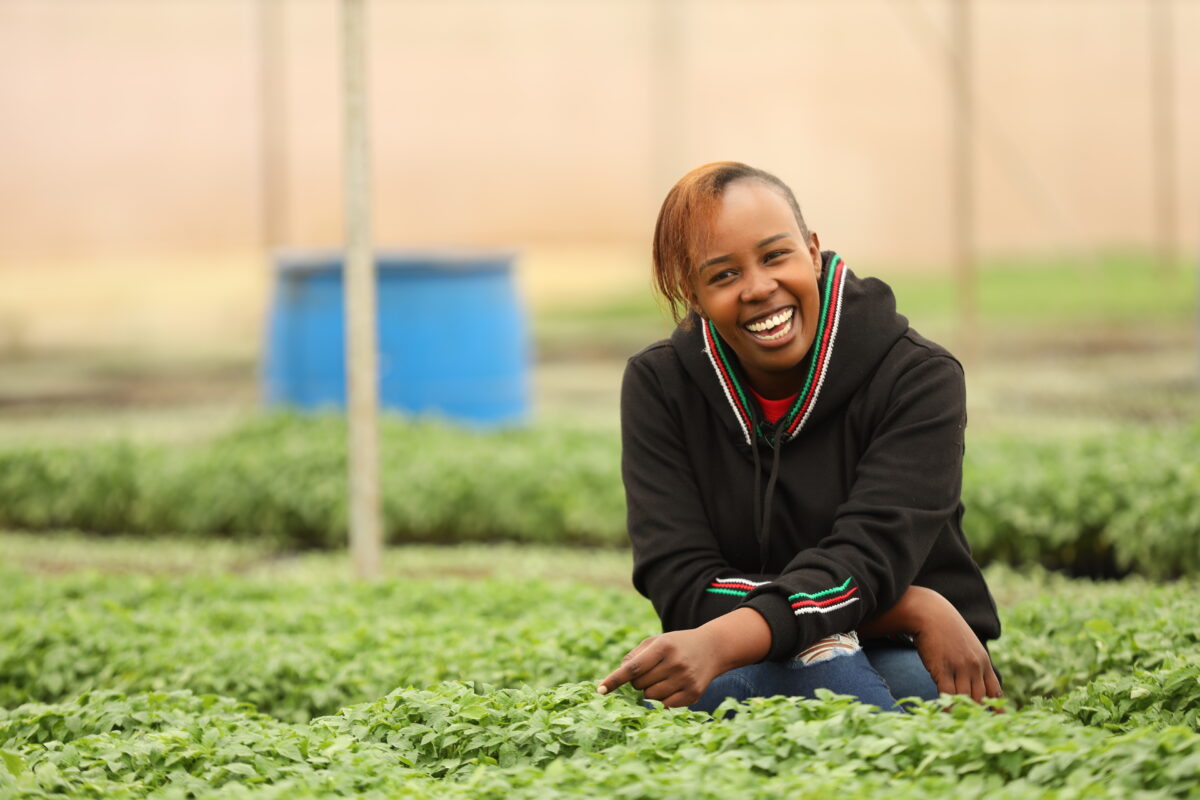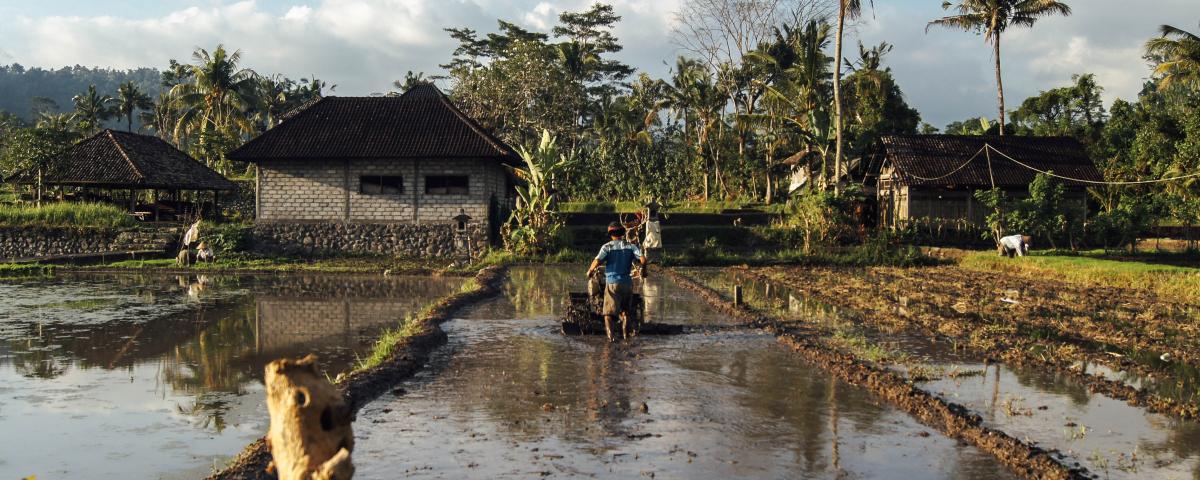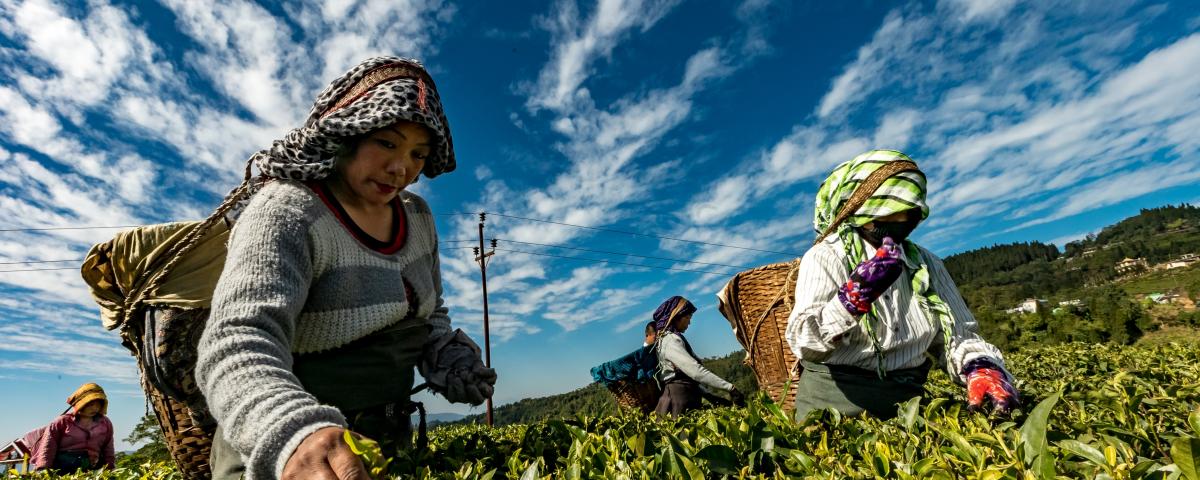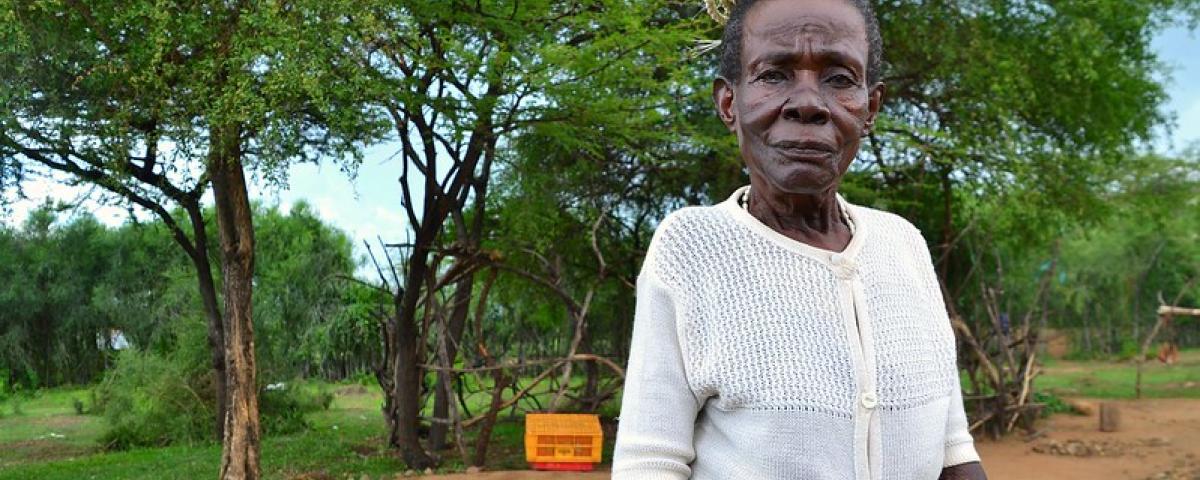Overall Index Score The categories are calculated using a normal distribution of scores, which reflects the overall performance of African countries but should not be interpreted as an indication that all gaps have been closed.
The placement of a country within categories is determined by its performance across three equally weighted pillars of resilience.
Foundational
Emerging
Consolidating
Robust
Pioneer
What is the Overall Index Score?
The overall index score captures the achievements of African countries across three key dimensions of resilience: economy, policy, and finance. For each dimension, several indicators and sub-indicators were developed to assess the progress of countries across them (See Methodological Note below).
The ratio between the points obtained in each indicator and the maximum possible points served as the basis to establish in which category a country lies.
Countries were assessed using a normal distribution that determines their placement within five performance categories—Pioneering, Robust, Consolidating, Emerging, and Foundational Resilience—reflecting different stages of progress in mainstreaming adaptation. Further granularity is shown by the light and bright shades representing Tier 1/ Tier 2 within each category.
The categories are:
- Pioneering: Countries demonstrating exemplary progress in mainstreaming adaptation within a given category.
- Robust: Countries that have made commendable strides and are firmly on the path toward
resilience. - Consolidating: Countries showing clear evidence of strengthening adaptation efforts.
- Emerging: Countries are advancing adaptation mainstreaming, but with gaps remaining.
- Foundational: Countries are at the early stages of establishing the building blocks for
resilience.
*Note: No category represents full achievement; even pioneering countries face gaps that
require continued action.
Key findings
Overall
Overall
- Policy progress outpaces finance, widening the ambition–action gap. Forty countries score at least 50% on the policy pillar, yet only 14 reach that threshold on finance—leaving strong plans underfunded. High debt burdens constrain fiscal space even for top policy performers.
- Robust policy frameworks catalyze finance—especially where ODA is limited. Countries with strong, well-articulated adaptation plans tend to perform better on financial mobilization indicators when controlling for ODA, with plan coverage the strongest predictor of funding outcomes.
- Disaster experience correlates with stronger preparedness. Countries facing frequent climate disasters over the past 25 years tend to show stronger leadership in adaptation policy and finance, as repeated shocks build urgency, political will, and institutional capacity.
- Higher exposure, relative stronger preparedness at lower incomes. Least Developed Countries (LDCs) and low-income countries face high economic risks yet demonstrate stronger policies and financing for adaptation than other income groups
Economy
- Resilient growth is achievable, but exposure threatens prosperity. Gross Resilience Product (GRP) analysis shows that the majority – 31 – African economies face substantial losses at or in excess of 10% of GDP between now and 2050. At the same time, around 90% of all economic activity of African economies is already positioned as resilient to climate risks.
- Africa’s infrastructure boom must be climate-smart. Thirty-two countries have over 10% loss exposure of physical assets, with upper-middle and high-income countries faring worse on resilience indicators—partly due to higher infrastructure density.
- Optimize trade for reduced climate risks. Country-specific risks in food, water, and energy trade mean over-reliance on climate-affected imports can transmit external shocks. An optimal window of trade should be targeted.
Policy
- Mainstream adaptation across development planning — move from intent to implementation. Integrating actionable climate adaptation priorities into national and subnational development and sectoral plans is crucial for translating international commitments into concrete actions that cut across levels of government and sectors.
- Inclusiveness is a core strength of Africa’s adaptation policy. The Index shows inclusiveness as the highest-scoring thematic cluster: many countries systematically engage NGOs, vulnerable groups, and local actors in plan design and embed actions that directly target these communities.
- Encouraging signal for more robust climate data despite existing gaps. Robust national systems—linked to regional networks—are essential for evidence-based adaptation. Over half of African countries acknowledge shortfalls in infrastructure, capacity, and regional integration and have outlined steps to address them.
- Move from aspirations to bankable, time-bound delivery. There is a pressing need to move from broad adaptation goals to actionable objectives. While African climate, development, and sectoral plans perform on average strongly in setting overarching goals, they fall short in translating these ambitions into concrete measures.
Finance
- Financial mobilization must scale dramatically. To meet Africa’s adaptation needs, every country would have to mobilize finance at the pace of the continent’s top performer (1.45 billion USD/year). At current trends, only ~25–33% of the minimum funding need will be met by 2030.
- Build resilience without hitting a debt wall. Over-reliance on borrowing is eroding fiscal space—62% of adaptation finance in the Index is debt—including in countries already in distress, with even “moderate risk” nations vulnerable if they lean heavily on loans.
- Private capital is largely untapped for adaptation. While the analysis identified differences in the ability to attract private finance, the most striking element that emerged is that private contributions to adaptation finance are critically stagnant, with an average of just 3.7% of private sector financing for adaptation projects.
Methodology
Economy
The economic resilience score considers exposure through the lens of potential economic impacts. To model this, the Green Economy Model (GEM) was applied. The GEM is a system dynamics framework that links climate hazards to macroeconomic performance. It integrates social, economic, and environmental data to capture the direct, indirect, and induced effects of inaction as well as low-carbon, climate-resilient interventions. To produce a composite Economic Resilience Score, weights were assigned to three components: 37.5% Gross Resilient Product (GRP), 37.5% asset resilience, and 25% trade resilience. The asset exposure analysis used globally harmonized geospatial datasets, hazard maps, and overlaid with national asset layers, including population, cropland, and roads. For each hazard and return period, the percentage and location of exposed assets are quantified and aggregated into national “asset resilience” indicators.
The system then combines exposure indicators with monthly climate data to estimate impacts on “macroeconomic resilience,” encompassing capital, labor productivity, agricultural yields, and infrastructure performance. Two GDP trajectories are generated: one without climate impacts and one under a climate-impact scenario. The difference between them yields the Gross Resilient Product (GRP)—GDP adjusted for climate losses—by sector.
To account for systemic vulnerabilities, the index also incorporates “trade resilience” for food, water, and energy. Import dependence is converted into resilience scores and adjusted by the Human Development Index (HDI) to capture adaptive capacity.
Policy
The policy evaluation was conducted through a systematic assessment of over 374 national policy documents. It considered national climate strategies (NDCs, NAPs, LT-LEDS, and other national climate-focused policies), as well as national development and sectoral plans in the key adaptation priority sectors for Africa identified in GCA’s State and Trends on Adaptation 2023 Report: agriculture, water, health, forestry, infrastructure, and blue economy.
An evaluation framework was developed to assess ten crucial dimensions of the policy robustness: plan coverage, results orientation, responsiveness, actionability, development integration, financing articulation, inclusiveness, data production, governance, and accountability. Each dimension has its own set of sub-indicators designed to provide a range that reflects the varying depths of the policy documents. Each question could earn 0 to 10 points. The point totals were clustered in the ten different dimensions and calculated using a normal distribution to obtain the final overall policy performance. The methodological note (below) provides a complete overview of the document selection process and evaluation framework.
Finance
The financial evaluation assessed financial resilience across three key dimensions: funding volume, funding quality, and debt sustainability. For both funding volume and funding quality, a desk-based analysis was conducted on major adaptation project portfolios and their respective finance flow from the multilateral financing institutions database, including the World Bank, African Development Bank, and private financiers. The private sector data was retrieved from IJ Global (2025).
An evaluation framework was developed to assess the funding volume and quality with its own set of sub-indicators aimed at providing a range that reflects the different performance levels of each country. Each question could earn 0 to 10 points. The total points earned were clustered within the two dimensions, then calculated as a percentile score over the maximum score possible. On the other hand, the debt sustainability analysis based on a simplified methodology applied by the International Monetary Fund (IMF), which evaluated the financial implications of climate adaptation investments on a country’s debt sustainability, using a percentile scoring system. The percentage scores for each of the three dimensions were then averaged to produce the final overall financial performance score.
Advisory committee
Prof. Jamal Saghir
Senior Advisor to the President and CEO, GCA Chair of the Index Advisory Committee
Dr. Diana Barrowclough
Senior Economist, Division on Globalization and Development Strategies, UNCTAD
Dr. Christophe Béné
Principal Scientist and Senior Policy Advisor, Alliance of Biodiversity – CIAT
Dr. Richard Damania
Chief Economist of the Sustainable Development Practice Group, World Bank
Mr. Leonardo Garrido
Independent Consultant
Dr. Stelios Grafakos
Principal Economist, GGGI
Ms. Loretta Hieber Girardet
Chief, Risk Knowledge, Monitoring and Capacity Development Branch, UNDRR
Ms. Laura Kelly
Director, Shaping Sustainable Markets, IIED
Dr. Youssef Nassef
Director, Adaptation, UNFCCC
Dr. Youba Sokona
former Vice-Chair, IPCC
Dr. Johan Stander
Director, Services Department, WMO
Prof. Kevin Chika Urama
Chief Economist, African Development Bank
Contact information
For additional information about the Resilient Economies Index, kindly contact us

